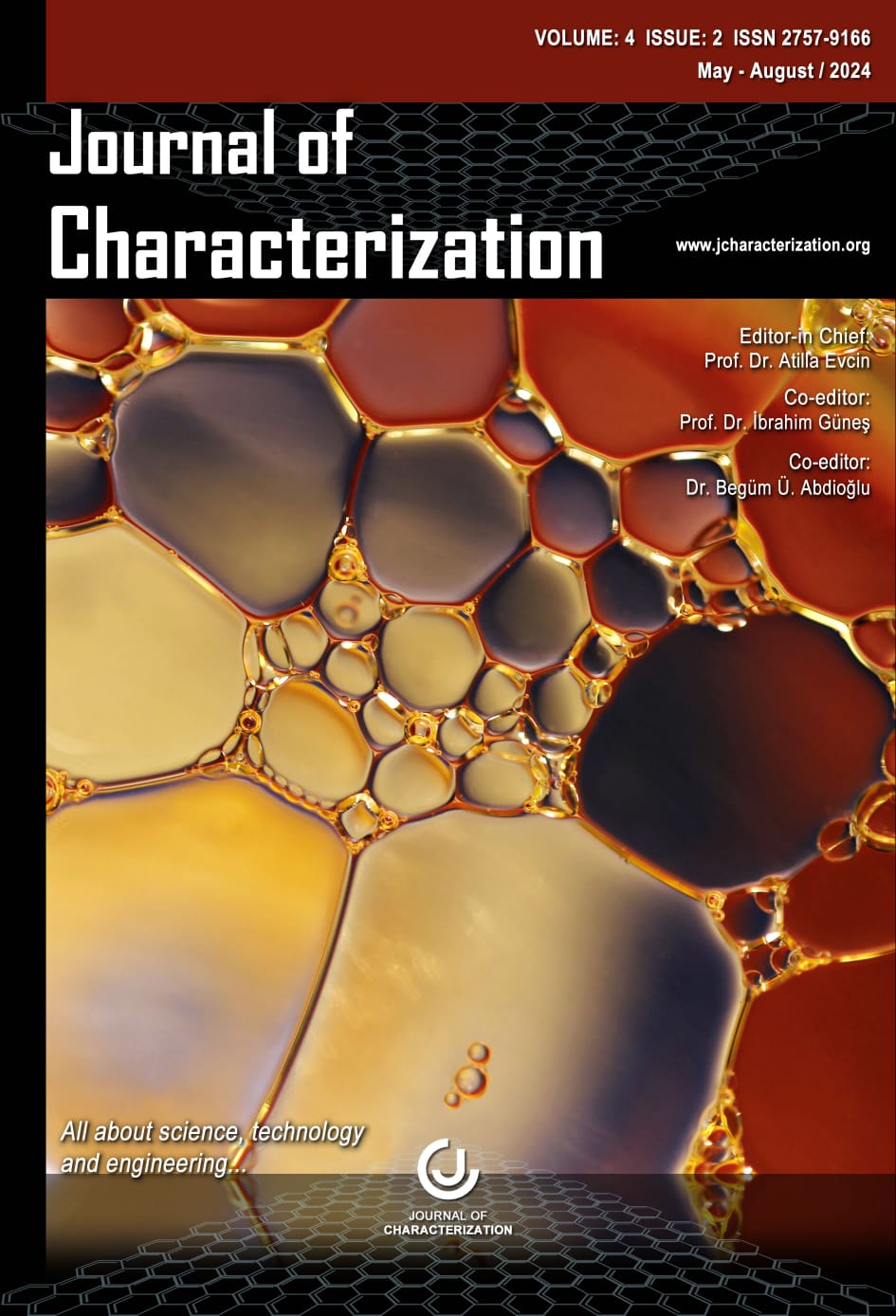Çimento İkame Malzemesi Olarak Yüksek Fırın Cürufunun ve Pomzanın Mekanik ve İçsel Kürleme Özelliklerine Etkileri
Author :
Abstract
Hızlı nüfus artışına bağlı olarak artan alt ve üst yapı gereksinimi çimentoya olan talebi sürekli olarak artırmaktadır. Artan çimento üretimi enerji ve hammadde tüketimini artırmakta, ekolojik çevrenin bozulmasına, karbondioksit ve diğer sera gazı emisyonlarında artışa neden olmaktadır. Çimentonun neden olduğu çevresel etkilerin minimize edilebilmesi için yüksek fırın cürufu, uçucu kül, taban külü vb. endüstriyel atıklar, pirinç kabuğu külü vb. tarımsal atıklar, pomza, perlit vb. malzemeler çimento üretiminde farklı oranlarda çimento ikame malzemesi olarak kullanılmaktadır. Yapılan deneysel çalışmada yüksek fırın cürufu %20, %35, ve %50, pomza tozu ise %10 ve %15 oranlarında çimento ikame malzemesi olarak kullanılarak, 40x40x160 mm boyutunda harç numuneleri üretilmiş, numunelere standart su kürü ve kür odasında (%70 rutubet, 30 °C sıcaklık) 3, 7, 28 ve 90 gün süre ile kür uygulanmış, sertleşmiş harç numunelerin basınç ve eğilme dayanımları test edilmiştir. Ayrıca, artan küresel ısınmaya bağlı olarak azalan su kaynaklarının çimentolu kompozitlerde de neden olacağı kür probleminin çözümü için de pomza tozunun oluşturacağı içsel kürlenmeye bağlı olarak farklı yaşlardaki mekanik dayanımlara etkisi çalışma kapsamında irdelenmiştir.
Keywords
Abstract
Due to the increasing demand for infrastructure associated with rapid population growth, the demand for cement is constantly rising. The increase in cement production raises energy and raw material consumption, leading to environmental degradation, a rise in carbon dioxide and other greenhouse gas emissions. To minimize the environmental impacts caused by cement, industrial wastes such as blast furnace slag (GGBFS), fly ash, bottom ash, etc., agricultural wastes like rice husk ash, and materials like pumice and perlite are used as cement replacement materials in concrete production. In this experimental study, GGBFS was used as a cement replacement material at proportions of 20%, 35%, and 50%, and PP (PP) at proportions of 10% and 15%. Mortar specimens of size 40x40x160 mm were produced, and these specimens were subjected to standard water curing and curing in a curing room (70% humidity, 30 °C temperature) for 3, 7, 28, and 90 days. The compressive and flexural strengths of the hardened mortar specimens were then tested. Furthermore, in the scope of the study, the influence of PP on the internal curing, and thus the mechanical strengths at different ages, was examined as a solution to the curing problem that cementitious composites may face due to decreasing water resources associated with global warming.





